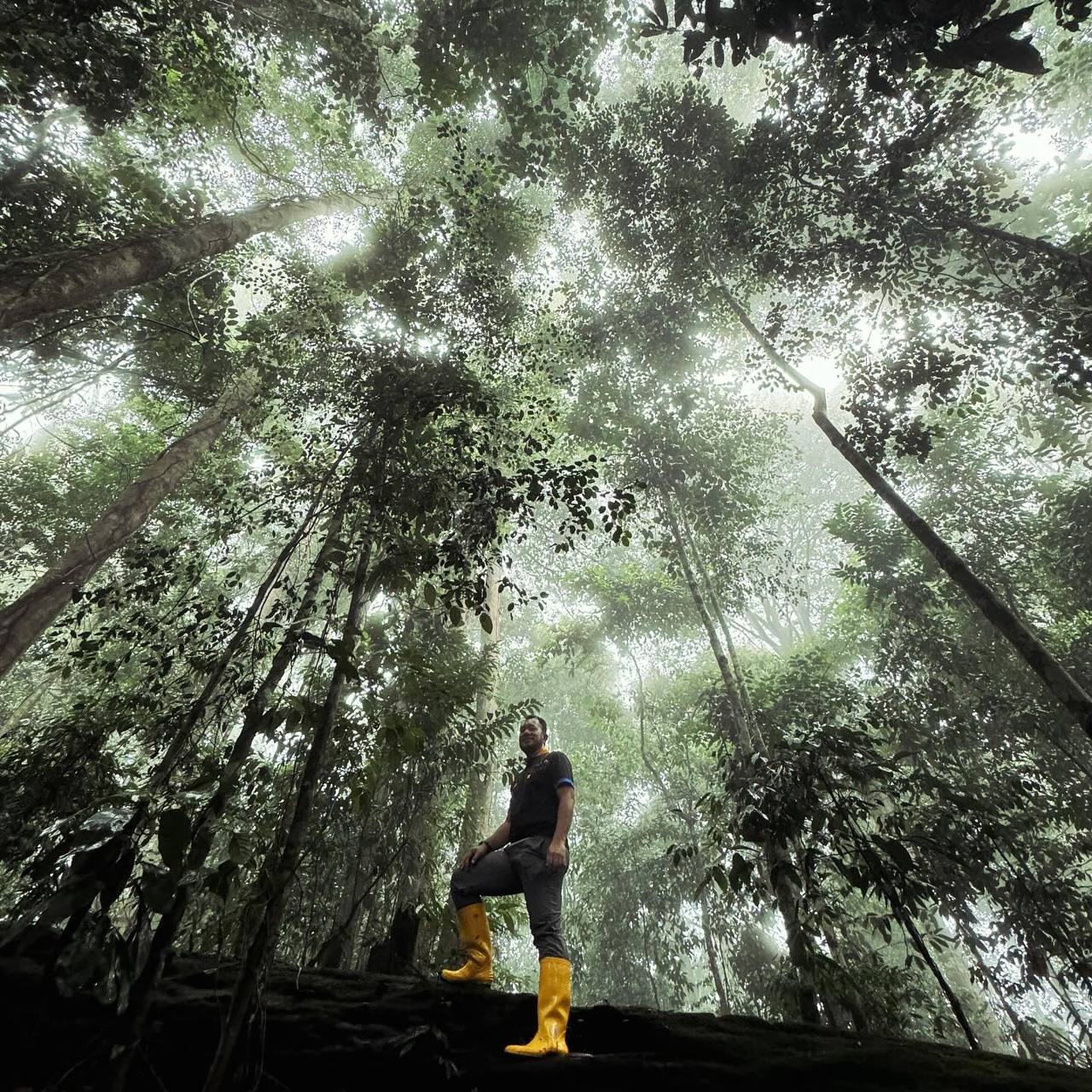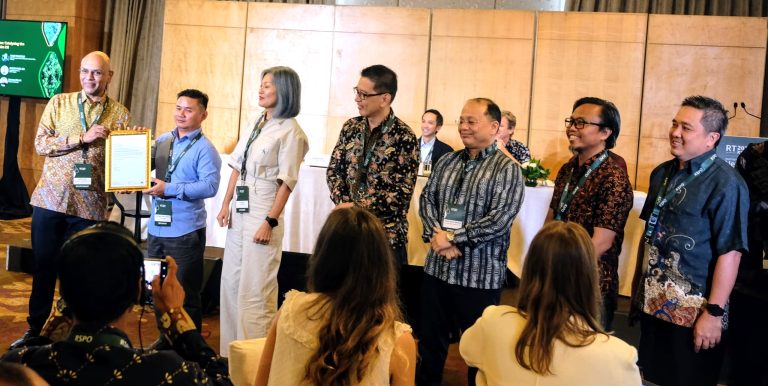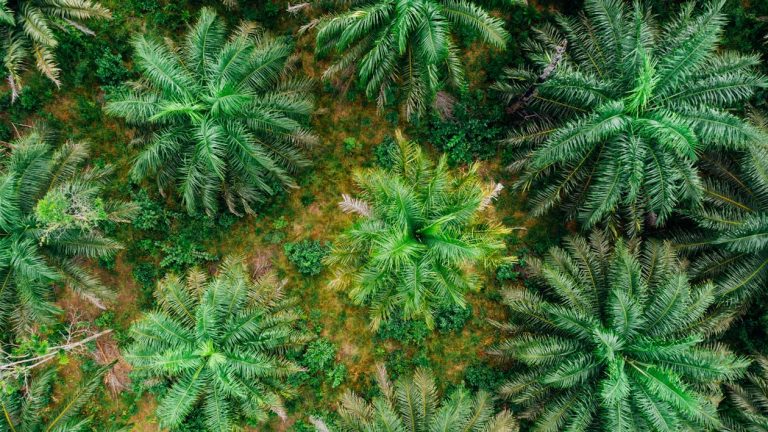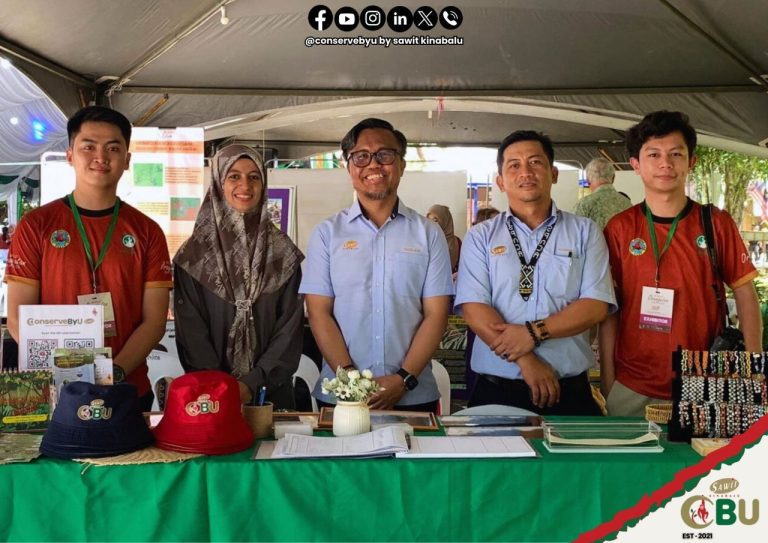The theme this year for International Day of Forests is: “Forests and Innovation: New Solutions for a Better World”.
The United Nations General Assembly proclaimed 21 March the International Day of Forests (IDF) in 2012. The Day celebrates and raises awareness of the importance of all types of forests. On each International Day of Forests, countries are encouraged to undertake local, national and international efforts to organize activities involving forests and trees, such as tree planting campaigns.
Read the statement by David Cooper, Acting Executive Secretary of the Convention on Biological Diversity:
“Forests harbor some 80 per cent of the world’s terrestrial biodiversity; they support more than a billion people with food, shelter, income, and energy. And they provide three quarters of the world’s accessible freshwater. Containing over half of the global carbon stock in soils and vegetation, forests also support us in combating climate change.
The Kunming-Montreal Global Biodiversity Framework, or the Biodiversity Plan, is a comprehensive plan to protect forests and all ecosystems. Its goals are closely aligned with the Global Forest Goals. They aim to to protect and restore nature; to prosper with nature; to share benefits fairly; and to invest and collaborate for nature.
Over the past year, we have seen bold actions on forest conservation regionally and globally. A number of countries have achieved major reductions in the rate of deforestation. The Belem Declaration on the future of the Amazon Forest, the Three Basins Summit, and the Climate Change Conference all set renewed commitments to step up action to protect forests.
But forests continue to face major threats.
The theme this year for International Day of Forests “Forests and Innovation: New Solutions for a Better World” is thus very pertinent. We need innovation and new solutions to provide early warning of forest fires and other threats, to combat organized crime, and to promote sustainable forest management and fair supply chains in support of a sustainable bioeconomy. New solutions can build on the knowledge, innovations and practices of indigenous peoples and local communities and help to secure their rights over land and resources.
Let us all work together to protect forests and to implement the Biodiversity Plan.
Let us work to halt and reverse the loss of biodiversity by 2030, towards our vision on living in harmony with nature.
We can all be part of the Plan.”
Source: Convention on Biological Diversity (CBD)






